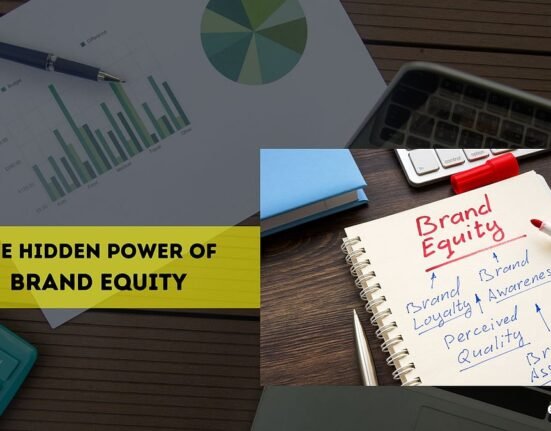Emerging technologies such as generative AI and a deep pool of assets make it a good time to buy intangible assets, which include intellectual property and trademarks. Here, Richelle Kalnit, chief commercial officer and senior vice president of Hilco Streambank, shares insights into the market of intangible assets from an M&A perspective.
WWD: What does the term “intangible assets” encompass?
Richelle Kalnit: Intangible assets include registered intellectual property like trademarks, copyrights and patents that are registered with a government, which entitles the owner to certain protections and the right to exclude others from utilizing the IP in a particular category and territory. But it’s more expansive than just that.
[For more retail news and insights, visit the Retail Rx hub CLICK HERE.]
Intangible assets also include software, domain names, customer data and marketplace accounts that brands have cultivated with platforms like Amazon, Walmart and Target. It also includes custom instances of third-party platforms like Shopify. It will also increasingly include proprietary artificial intelligence tools, such as generative AI tools that generate responses based on a company’s closed data set.
WWD: How should a business leader go about evaluating their company’s intangible assets?
R.K.: As a leader, it’s about asking your team the right questions. Start by identifying potential intangible assets within your company, and then ask follow-up questions. For example, if your company uses Shopify, inquire about how it’s used and whether any customizations have been made. It’s also useful to look at the balance sheet to see where investments have been made and ask follow-up questions accordingly. It’s important for companies to identify these assets as asset-based lenders will often ascribe value to them in a borrowing base, so they offer a company additional liquidity if properly managed.
WWD: What is the current market for intangible assets like? Is it a buyer’s or a seller’s market?
R.K.: Currently, it’s a buyer’s market. We’re at an interesting point where most M&A transactions, aside from technology companies, don’t yet involve a lot of generative AI tools. However, in the next few years, buyers will have an opportunity to acquire proprietary generative AI tools. Initially, the analysis for buyers will be a buy versus build analysis, because not all potential buyers will have developed their own tools. Over time, I anticipate that potential buyers will have developed their own generative AI tools, and so when they look at M&A transactions involving intangible assets, they will be looking to supplement their own tools.
WWD: On what basis are valuations of intangible assets determined?
R.K.: Valuations of intangible assets are typically based on key metrics like revenues, gross margin, customer engagement and the channels through which the customer is reached. This could involve direct-to-consumer brands, third-party marketplaces, wholesale presence, licensing, retail and e-commerce.
WWD: What should a buyer’s strategy look like in this market?
R.K.: If you are looking at a particular brand, your strategy should involve telling the broker, agent or banker exactly what you’re looking for so they can work with the company to harness the asset and deliver it to you. If you’re specifically interested in certain features, make sure that’s communicated.
WWD: How can a seller protect their business when selling their intangible assets?
R.K.: The key is asset preservation. Even though we’re talking about intangibles, there is typically a tangible component that goes along with these assets like data, software and logins for social media accounts. It’s crucial to think about what that deliverable looks like very early in the process.
WWD: How does the increasing protection of customer data affect its value as an intangible asset?
R.K.: The sale of customer data needs to be handled by experts who understand how to read privacy policies and understand the nuances of the sale in various contexts. The sale of personally identifiable information must be handled with care to ensure that the integrity of the data is maintained.
WWD: How does generative AI factor into the valuation of intangible assets?
R.K.: Generative AI is still in its early stages, but its potential is vast. While the specifics of its impact on the valuation of intangible assets are not yet fully known, it’s likely to play a significant role in the future. I anticipate that generative AI tools will both be valuable assets in and of themselves, and will also contribute to the overall profitability of the company.







